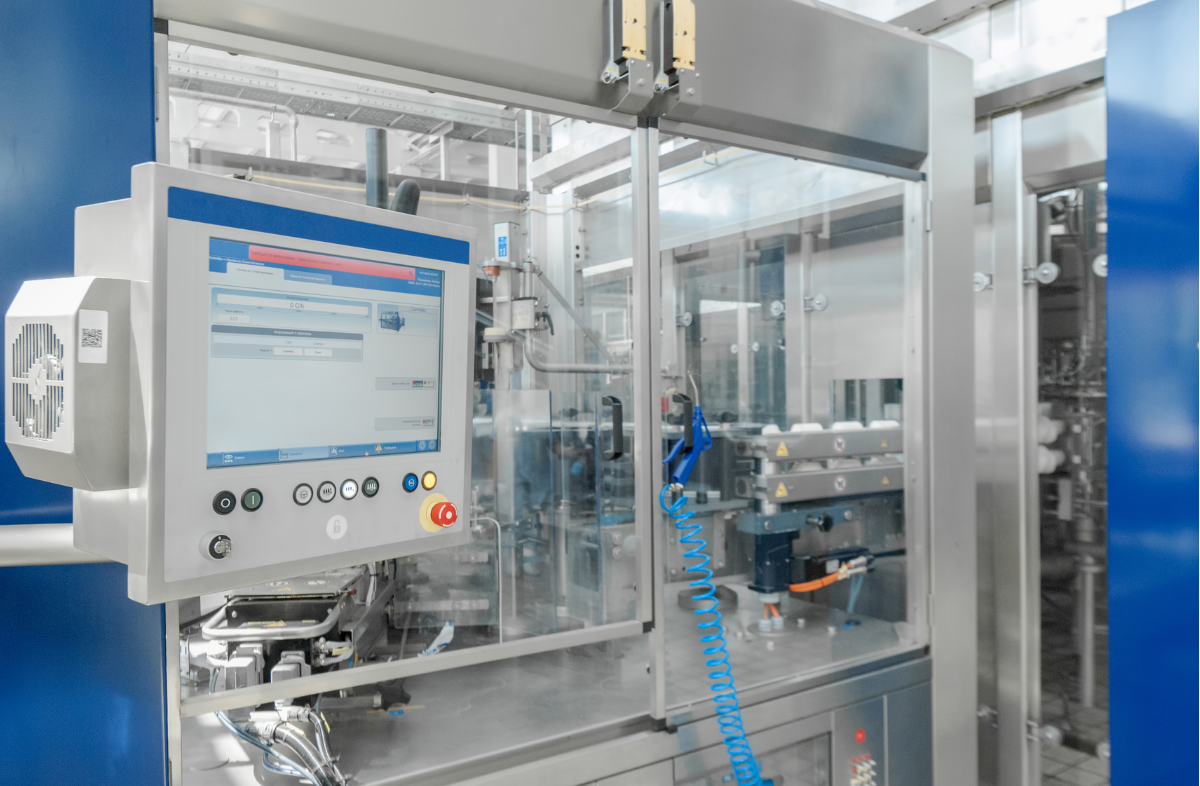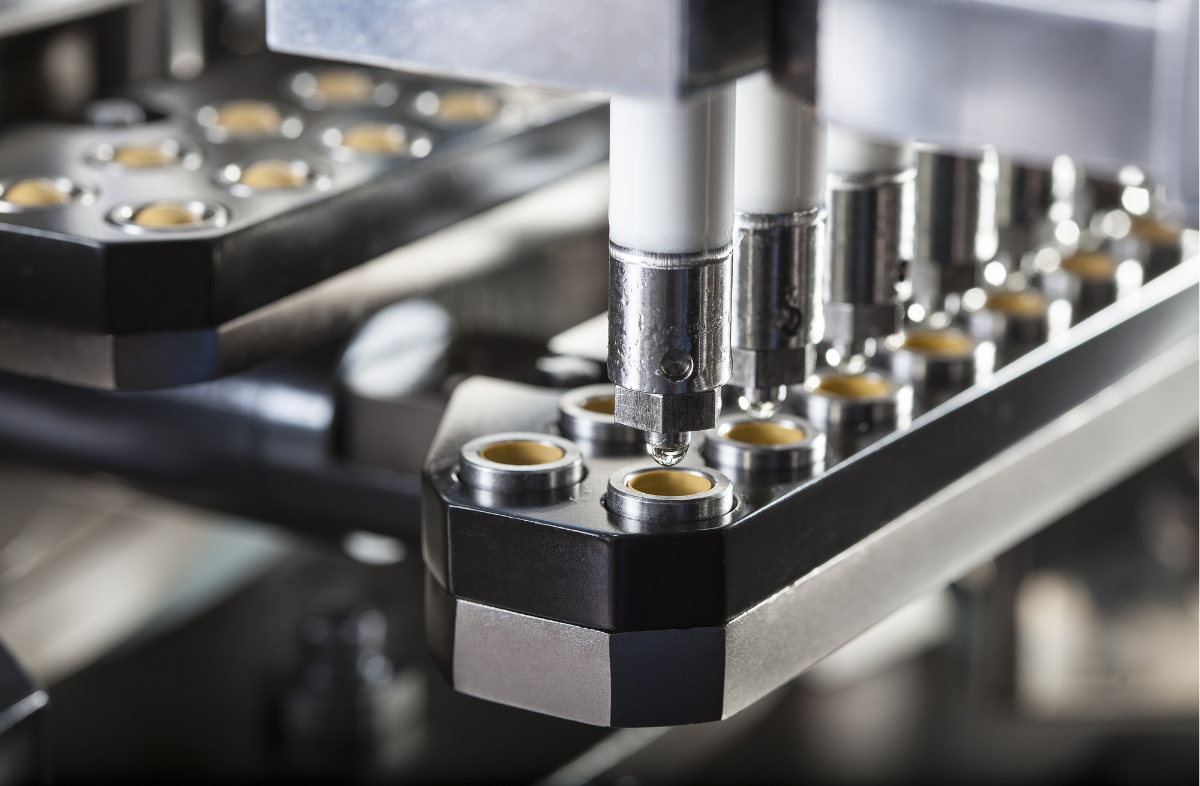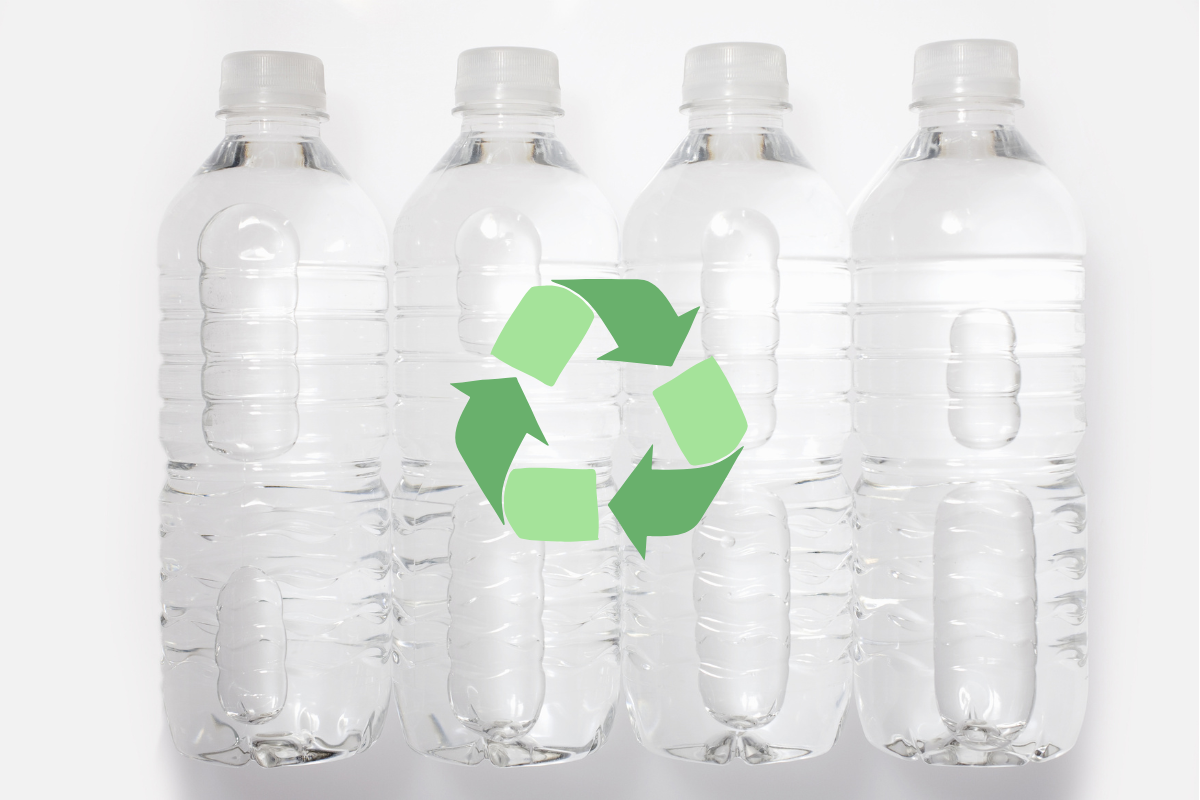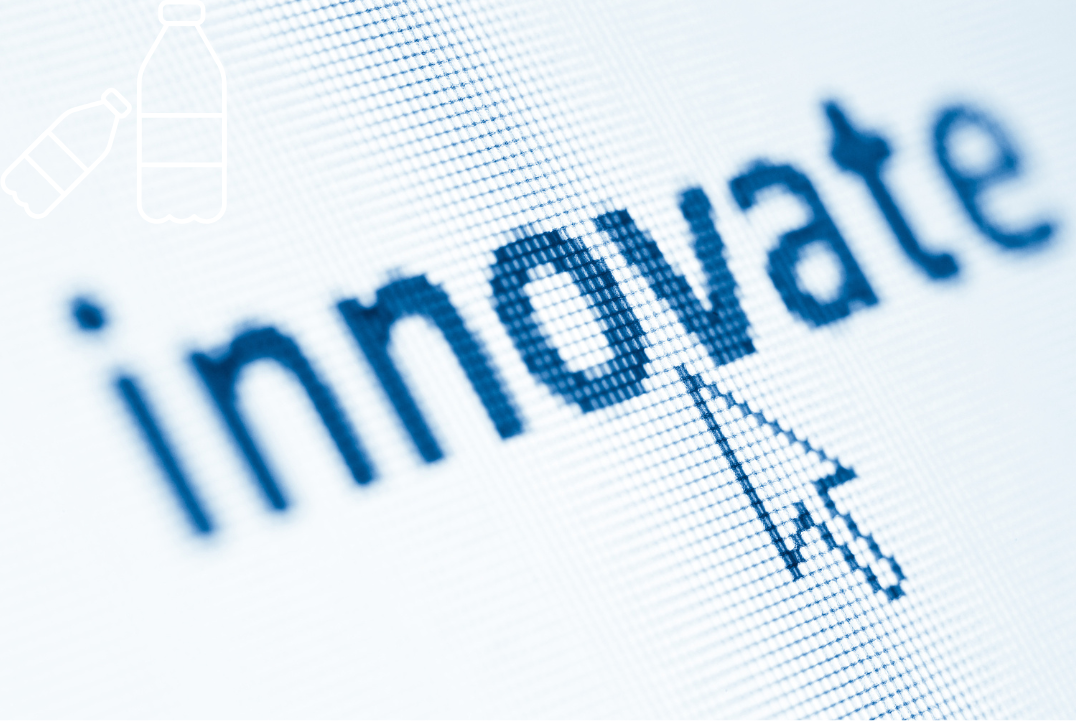
How to Balance Sustainability, Efficiency and Innovation for a Greener PET Processing Industry?
Advancing Sustainability in PET Processing through Innovative Molding Technologies
The plastics industry is responsible for over 0.85 gigatons of greenhouse gas emissions annually, with projections rising to 1.34 gigatons by 2050. This sector spans automotive, packaging, and medical devices, relying on methods such as injection molding, extrusion, and blow molding. As sustainability becomes a priority, the industry is focused on reducing emissions, improving energy efficiency, and adopting sustainable materials.
1.Sustainability in Injection Molding: Assessing Emissions
Injection molding, which involves injecting molten plastic into a mold, remains a widely used method, including specialized types like gas-assisted and micro-injection molding. However, while extrusion is considered more sustainable due to its material efficiency and lower waste production, injection molding requires significant energy to maintain temperatures around 200 to 350°C, contributing to higher emissions.
CO2 emissions from injection molding vary based on machine type—electric, hydraulic, or hybrid. All-electric machines generate up to 50% less CO2 compared to hydraulic models. The complexity of the product being manufactured also plays a role; smaller, more intricate parts generally require more energy due to slower, more precise processes.
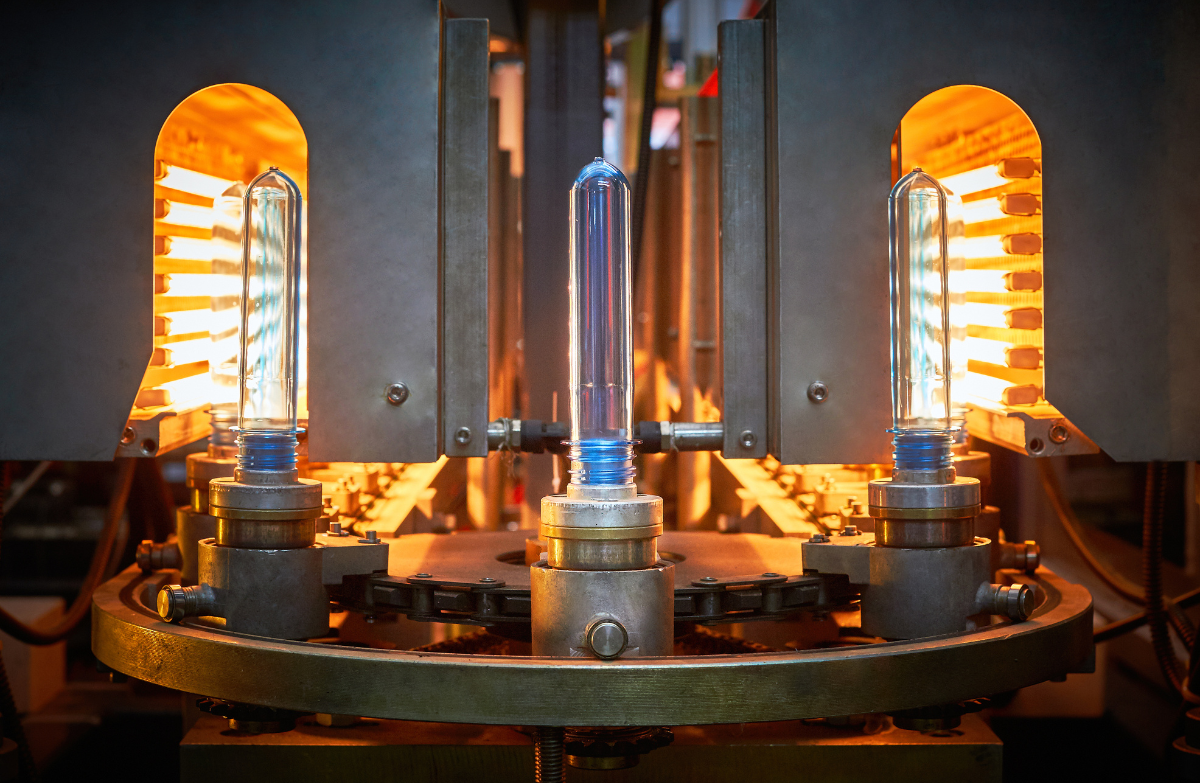
2.Extrusion and Blow Molding: Sustainable Alternatives in PET Processing
Extrusion and blow molding are more energy-efficient than injection molding, requiring lower temperatures and producing less waste. Blow molding, in particular, is advantageous for PET packaging due to its ability to minimize waste, with excess materials like trims and scrap often being recyclable, reducing the environmental impact.
Furthermore, the shift toward lightweight PET packaging, which uses thinner walls while maintaining structural integrity, is gaining momentum. This reduces material usage and energy consumption during production and transportation, contributing to overall sustainability.
3.Driving Sustainability with Hybrid Molding Technologies
Hybrid injection molding machines, combining the efficiency of electric and hydraulic systems, are gaining traction in the PET industry. These systems optimize production by reducing energy consumption, leading to lower emissions. Though hybrid systems require an initial infrastructure investment, they are more cost-effective than fully electric machines while offering superior energy efficiency compared to hydraulic systems.
In PET processing, particularly for bottle production and packaging, adopting hybrid molding systems can result in substantial energy savings. By reducing the continuous high power needed from hydraulic systems and leveraging energy-saving electric components, manufacturers can achieve both financial savings and meet sustainability goals.
Optimizing Energy Efficiency in PET Manufacturing Processes
Energy efficiency is at the core of sustainable PET manufacturing. Technologies such as Variable Frequency Drives (VFDs), which adjust the motor speed to match the actual demand, can drastically reduce energy consumption by ensuring that pumps and motors are operating only when necessary. This optimization can save significant amounts of energy and reduce the carbon footprint of PET processing lines.
In addition, advanced heating and cooling systems are improving energy usage efficiency in PET production. These systems help to regulate the temperature fluctuations in processing lines, thereby reducing unnecessary energy expenditure. Furthermore, the integration of regenerative energy recovery systems, which capture and reuse energy from the production process, can reduce the reliance on external energy sources and lower operational costs.
PET Material Selection: A Delicate Balance of Performance and Sustainability
The selection of materials in PET processing is a delicate balancing act. While bio-PET and rPET offer substantial environmental benefits, they must still meet the performance, cost, and aesthetic expectations of the industry. Finding alternatives that deliver the same high standards as traditional PET without significantly raising costs remains a key focus for manufacturers.
1.Bio-Based and Biodegradable PET:The Future of Sustainable Materials
The shift towards bio-based PET (bio-PET), made from renewable resources like sugarcane, corn, and cellulose, offers a promising solution to reduce reliance on fossil fuels and lower the carbon footprint of PET products. While bio-PET mirrors the mechanical and thermal properties of traditional PET, challenges such as scalability, cost, and consistent performance need to be addressed before it can be widely adopted.
Building on this, biodegradable PET has emerged as another potential alternative, particularly for addressing plastic waste concerns. Designed to break down more easily in the environment, biodegradable PET could significantly reduce plastic persistence in landfills and oceans. However, its commercial viability and environmental safety are still under evaluation, requiring more research to ensure it meets industry standards.
2.Recycled PET (rPET):Enhancing the Circular Economy
In parallel, recycled PET (rPET) is gaining traction as a key driver of sustainability within the PET industry. By incorporating rPET into new products, manufacturers can cut down on the need for virgin materials, thereby conserving resources and reducing energy use. This shift is bolstered by increased recycling rates, with major brands like Coca-Cola and Unilever integrating higher percentages of rPET in their packaging, fostering the growth of a circular economy for plastics.
Innovations in Sustainable PET Packaging
Sustainability in PET packaging is transforming the packaging landscape. Monomaterial PET packaging is a key innovation that simplifies recycling by using a single type of material instead of multi-layer structures. This approach not only facilitates the recycling process but also reduces environmental impact by making it easier to reprocess and recycle PET products.
Companies such as Amcor, Nestlé, and Coca-Cola are leading the charge in developing monomaterial PET packaging solutions. These efforts include the use of 100% recyclable PET materials and the incorporation of more recycled content in PET packaging to reduce the need for virgin plastic. For example, Nestlé has committed to making all its packaging recyclable or reusable by 2025, including a shift towards monomaterial PET.
Thin-wall PET packaging is another significant advancement, reducing material usage and packaging weight while maintaining the durability required for transport and storage. This packaging solution is becoming increasingly popular in sectors such as food, beverage, and cosmetics, where reducing the environmental footprint is a priority.
Conclusion
The PET plastics industry is at a crossroads, with sustainability becoming a central driver of innovation and growth. From adopting energy-efficient technologies and exploring bio-based alternatives to increasing the use of recycled materials, there is a clear and growing commitment to minimizing the environmental impact of PET manufacturing.
As sustainability continues to shape the future of manufacturing, PET producers are is being driven to meet industry demands but also lead the way toward a greener, more sustainable future.

